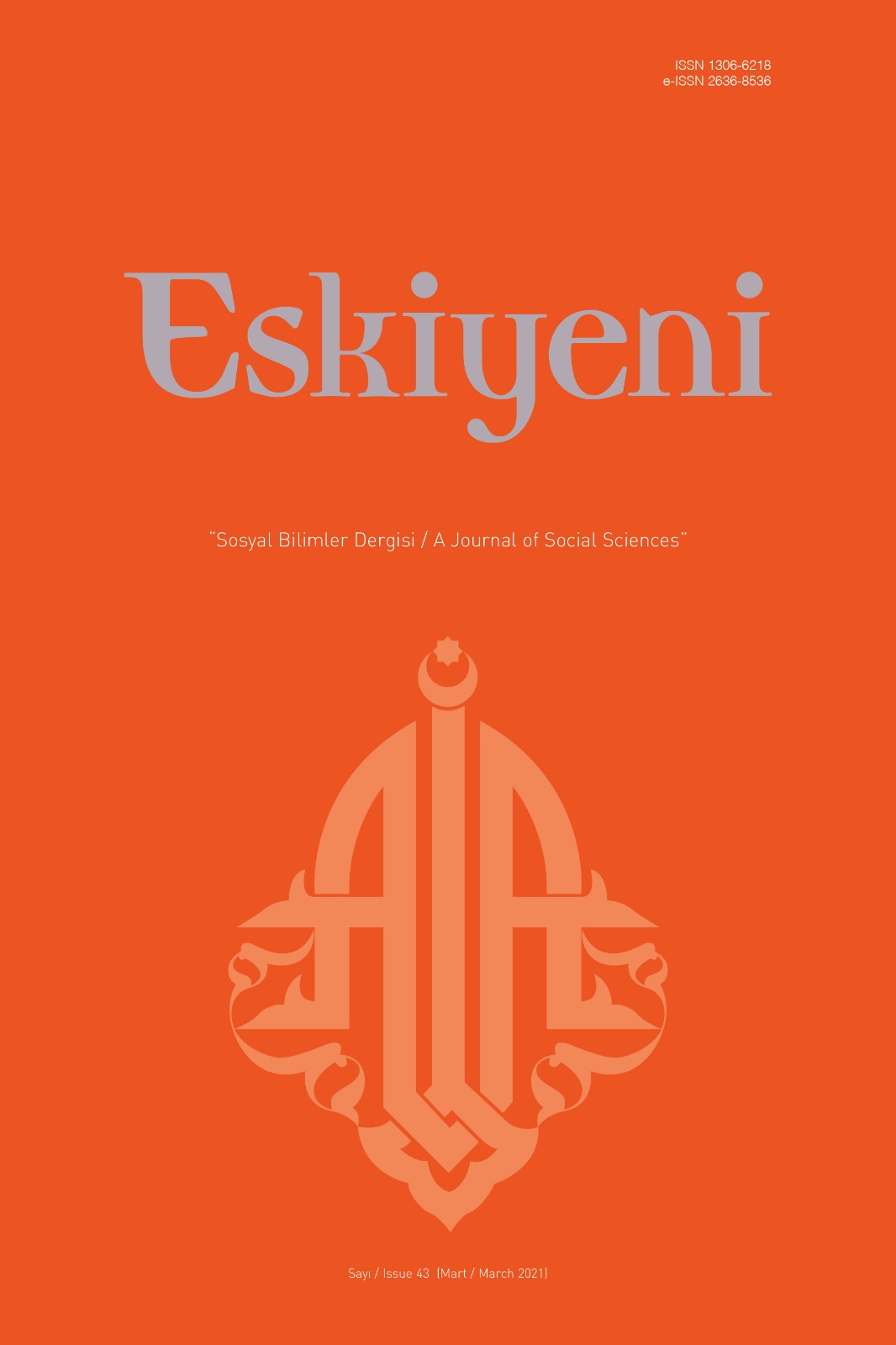Medineli Kadın Sahâbe ve Tâbiûnun Tefsire Katkıları
Contributions to Tafsīr of the female Ṣaḥābe and Tābi‘ūn from Medina
Author(s): Ceyda GürmanSubject(s): Theology and Religion, Islam studies
Published by: Anadolu İlahiyat Akademisi
Keywords: Tafsīr; Medina; Ṣaḥāba; Tābi‘ūn; Woman;
Summary/Abstract: The efforts of the ṣaḥāba, who constitute the most important circle in the tafsīr and of the tābi‘ūn (successors of ṣaḥāba) who grew up in their hands to understand the Qur’ān, took their place in the studies on the history of tafsīr. However, it is seen in the researches conducted on the first century of hijrī that certain names are emphasized, and especially the women ṣaḥāba and tābi‘ūn are seems to be undervalued and not noted attention. However, with the construction of the Masjid an-Nabawī after the hijra, The Prophet Muḥammad (pbuh) encouraged women to participate in mosques through various occasions for the purpose of worshiping and knowledge, and made them aware of the verses of the Qur’ān. Such practices were continued during the ṣaḥāba and tābi‘ūn period and women gained the basis of sciences such as qirā’a, ḥadīth, fiqh and tafsīr that would be formed in the future. Medina, where a vibrant scientific life shaped around the Masjid an-Nabawī was lived, offered opportunities for women to participate in this scientific vitality. Ḥafṣa bt ‘Umar (d. 45/665) and Umm Salama (d. 62/681), especially ‘Ᾱ’isha (d. 58/678), one of the ladies of the Prophet (pbuh), played an important role in the education of women. Apart from the wives of The Prophet (pbuh), there are many other women ṣaḥāba who have knowledge such as al-Shifā bt. ‘Abd Allāh (d. 20/641 around), Umm Waraqā bt. ‘Abd Allāh b. Ḥārith (before d. 23/644), Asmā’ bt. Yazīd (d. 30/650), Asmā’ bt. Abī Bakr al-Siddīq (d. 73/692) and Samrā bt. Nuhayk (d.?) in Medina. Outstanding among scholars of the period of tābi‘ūn, who acquired most of her science from ‘Ᾱ’isha, ‘Amra bt. ‘Abd al-Raḥmān (d.106 / 724), has been emphasized. In addition to the narrations reflected in the tafsīr sources, many famous scholars have received knowledge from her, reveals that it is among the important names of Medina. Other than ‘Amra, the names Umm Kulthūm bt. Abī Bakr al-Siddīq (after d. 58/678); Zaynab bt. ‘Alī b. Abī Ṭālib (d. 62/682); Ḥafṣa bt. ‘Abd al-Raḥmān b. Abī Bakr al-Ṣiddīq (d. 80/699 around), Ṣafiyya bt. Abī ‘Ubayd (d. 90/709 around), ‘Ᾱ’isha bt. Ṭalḥa b. ‘Ubayd Allāh (d. 101/719), ‘Ᾱ’isha bt. Ṣa‘d b. Abī Waqqās (d. 117/735) and Fāṭima bt. al-Mundhir b. Zubayr b. al-‘Awwām (48/668- d. ?) can be mentioned. In this study, the scholar women from ṣaḥāba and tābi‘ūn were touched, the narrations recorded in tafsīr sources were examined and the results to be attained from the information obtained were discussed. In the determination of the names, ṭabaqāt and terācīm type works were used, for the interpretation of the tafsīr, ‘ulūm al-Qur’ān and ḥadīth sources were used as well as the tafsīr sources. As a result of the readings made, it has been observed that the information given about women ṣaḥāba and tābi‘ūn in these sources is highly limited. Similarly, there is no reference to their position in the science of tafsīr. One of the limitations of our research is the minority of commentaries and narrations coming from them numerically. This situation was evaluated considering the socio-cultural structure of the period and ‘Amra, who was accepted as the transmitter of ‘Ᾱ’isha’s knowledge, compared to another student of ‘Urwa b. al-Zubayr (d. 94/713) the situations such as recording much less of his narrations have been criticized. In today’s studies, it is aimed to reach a general opinion about the place of women in education and their contribution to tafsīr in Medina in the first century, based on the fact that the place of early women in scientific life has not been mentioned sufficiently.
Journal: Eskiyeni
- Issue Year: 2021
- Issue No: 43
- Page Range: 77-93
- Page Count: 17
- Language: Turkish

